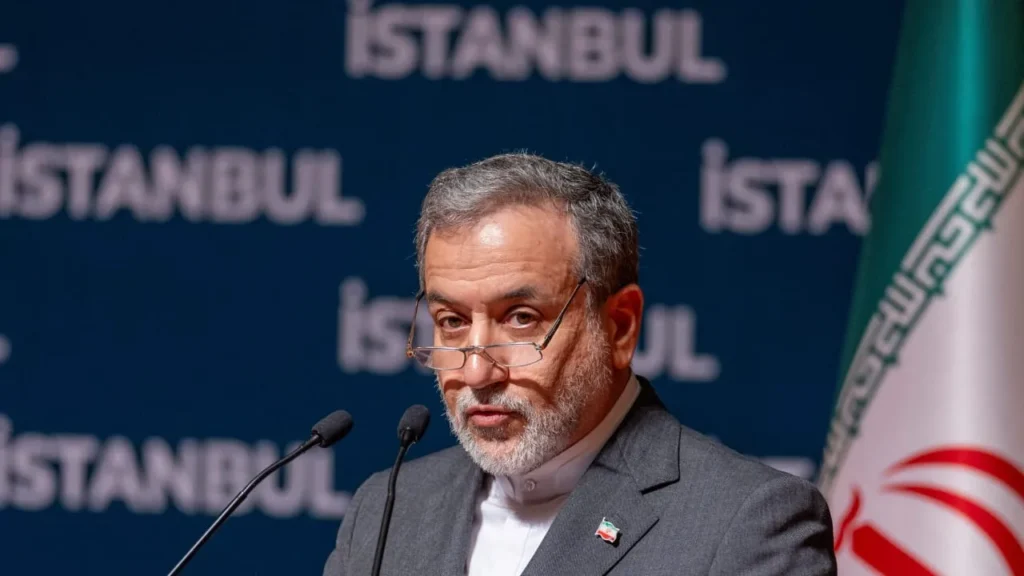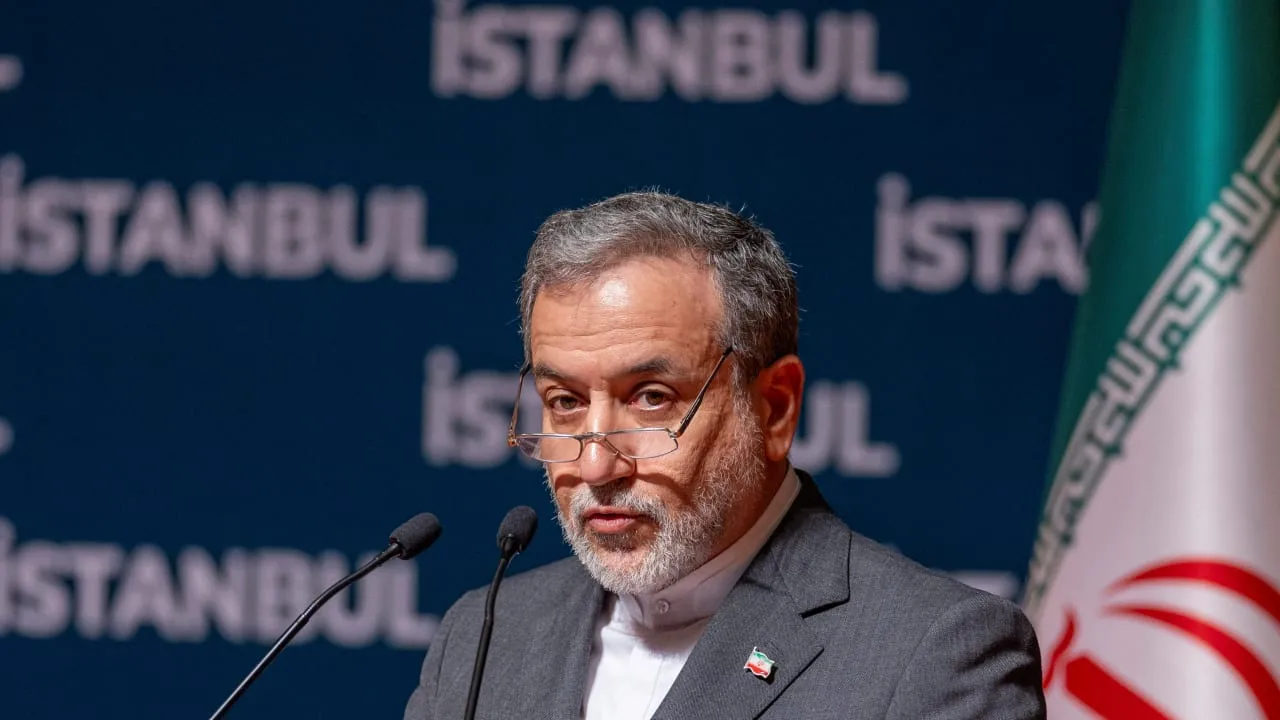
The Iran Ceasefire Agreement 2025 marks a crucial moment in Middle Eastern diplomacy, drawing global attention for its potential impact on peace and conflict resolution. With decades of tension and intermittent violence across the region, the agreement has triggered a wave of cautious optimism among international observers, human rights advocates, and regional governments alike.
In June 2025, Iran declared a ceasefire that immediately made headlines. The Iran Ceasefire Agreement 2025, backed by the United Nations (UN) and the Organization of Islamic Cooperation (OIC), aims to ease long-standing hostilities, rebuild trust between adversaries, and establish a sustainable path forward. By addressing not only military de-escalation but also humanitarian access and multilateral dialogue, this agreement sets a new standard for conflict mitigation.
Read the UN press release on the ceasefire agreement
Key Details of the Iran Ceasefire Agreement 2025
The Iran Ceasefire Agreement 2025 includes:
- Immediate cessation of drone and missile strikes across conflict-prone zones in Iraq, Syria, and bordering territories.
- Deployment of UN peacekeeping forces to ensure transparency and monitor adherence to ceasefire terms.
- Gradual lifting of select U.S. and EU sanctions to enable humanitarian assistance and economic relief.
- Establishment of a multilateral diplomatic dialogue framework involving Iran, Saudi Arabia, Turkey, Iraq, and OIC representatives.
Unlike past efforts that focused primarily on short-term military stand-downs, the Iran Ceasefire Agreement 2025 takes a more comprehensive approach. It emphasizes not only regional security but also humanitarian considerations, economic cooperation, and diplomatic engagement. This layered structure adds credibility and raises hopes for a longer-lasting impact.
See BBC’s analysis of the ceasefire deal
Global Reaction and Iran Conflict Resolution
The Iran Ceasefire Agreement 2025 sparked a flurry of reactions globally. Hashtags such as #IranCeasefire and #PeaceInTheMiddleEast quickly gained traction on social media platforms like Twitter, TikTok, and Instagram. Viral videos, news explainers, and opinion pieces flooded the internet, with millions discussing the ceasefire’s implications for the broader Middle East.
Financial markets responded positively. Global oil prices, which are often sensitive to Middle Eastern unrest, dipped slightly, signaling investor confidence in a more stable environment. International humanitarian organizations, including the Red Cross and Médecins Sans Frontières, lauded the agreement’s provisions for aid access and medical support.
Yet, skepticism lingers. Political analysts and historians remind us that similar agreements in the past have failed due to lack of enforcement, competing regional agendas, and spoilers on the ground. While the Iran Ceasefire Agreement 2025 is ambitious, its durability hinges on consistent commitment from all parties involved.
Explore Al Jazeera’s coverage of the risks and tensions
Challenges Facing the Iran Ceasefire Agreement 2025
Despite the optimism, several challenges loom large:
- Deep-rooted mistrust between Iran and rival states like Israel and Saudi Arabia could undermine long-term cooperation.
- Presence of non-state actors and militias who may not recognize or abide by the ceasefire.
- Internal divisions within Iran, where hardliner factions may resist diplomatic overtures and concessions.
- Geopolitical interference from outside powers that benefit from regional instability.
The Iran Ceasefire Agreement 2025 will require not just good intentions but tangible steps toward enforcement, mutual trust-building, and third-party verification.
Read Foreign Policy’s forecast on Iran’s regional role post-ceasefire
Also read: Digital Product Passports – The Future of Transparency and Sustainability in 2025
What Comes Next?
If successful, the Iran Ceasefire Agreement 2025 could usher in:
- A renewed phase of nuclear negotiations, possibly reviving or reimagining the JCPOA (Joint Comprehensive Plan of Action).
- Reduction in armed conflict and civilian suffering in Syria, Yemen, and other war-affected areas.
- Enhanced regional trade, infrastructure development, and cross-border partnerships involving Iran and its neighbors.
- A strengthened diplomatic role for organizations like the OIC and the Arab League in future peacekeeping missions.
On the flip side, if the agreement collapses, the repercussions could be severe—renewed proxy wars, economic fallout, and a loss of credibility for regional and international mediators. Hence, sustaining the Iran Ceasefire Agreement 2025 will require robust diplomatic follow-through.
Conclusion
The Iran Ceasefire Agreement 2025 is more than a symbolic gesture—it is a strategic framework designed to break a historical cycle of hostility and mistrust. By combining military restraint with humanitarian aid and regional dialogue, the agreement offers a blueprint for a more peaceful Middle East.
Still, the true test lies ahead. Regional commitment, international support, and civil society engagement will determine whether the Iran Ceasefire Agreement 2025 becomes a cornerstone of peace or just another failed attempt in a long line of broken truces. As the world watches closely, cautious optimism remains the prevailing sentiment.
Author: [Your Name]
Date: June 2025
Iran Ceasefire Agreement 2025: A Turning Point or Temporary Truce?
The Iran Ceasefire Agreement 2025 marks a crucial moment in Middle Eastern diplomacy, drawing global attention for its potential impact on peace and conflict resolution. With decades of tension and intermittent violence across the region, the agreement has triggered a wave of cautious optimism among international observers, human rights advocates, and regional governments alike.
In June 2025, Iran declared a ceasefire that immediately made headlines. The Iran Ceasefire Agreement 2025, backed by the United Nations (UN) and the Organization of Islamic Cooperation (OIC), aims to ease long-standing hostilities, rebuild trust between adversaries, and establish a sustainable path forward. By addressing not only military de-escalation but also humanitarian access and multilateral dialogue, this agreement sets a new standard for conflict mitigation.
Read the UN press release on the ceasefire agreement
Key Details of the Iran Ceasefire Agreement 2025
The Iran Ceasefire Agreement 2025 includes:
- Immediate cessation of drone and missile strikes across conflict-prone zones in Iraq, Syria, and bordering territories.
- Deployment of UN peacekeeping forces to ensure transparency and monitor adherence to ceasefire terms.
- Gradual lifting of select U.S. and EU sanctions to enable humanitarian assistance and economic relief.
- Establishment of a multilateral diplomatic dialogue framework involving Iran, Saudi Arabia, Turkey, Iraq, and OIC representatives.
Unlike past efforts that focused primarily on short-term military stand-downs, the Iran Ceasefire Agreement 2025 takes a more comprehensive approach. It emphasizes not only regional security but also humanitarian considerations, economic cooperation, and diplomatic engagement. This layered structure adds credibility and raises hopes for a longer-lasting impact.
See BBC’s analysis of the ceasefire deal
Global Reaction and Iran Conflict Resolution
The Iran Ceasefire Agreement 2025 sparked a flurry of reactions globally. Hashtags such as #IranCeasefire and #PeaceInTheMiddleEast quickly gained traction on social media platforms like Twitter, TikTok, and Instagram. Viral videos, news explainers, and opinion pieces flooded the internet, with millions discussing the ceasefire’s implications for the broader Middle East.
Financial markets responded positively. Global oil prices, which are often sensitive to Middle Eastern unrest, dipped slightly, signaling investor confidence in a more stable environment. International humanitarian organizations, including the Red Cross and Médecins Sans Frontières, lauded the agreement’s provisions for aid access and medical support.
Yet, skepticism lingers. Political analysts and historians remind us that similar agreements in the past have failed due to lack of enforcement, competing regional agendas, and spoilers on the ground. While the Iran Ceasefire Agreement 2025 is ambitious, its durability hinges on consistent commitment from all parties involved.
Explore Al Jazeera’s coverage of the risks and tensions
Challenges Facing the Iran Ceasefire Agreement 2025
Despite the optimism, several challenges loom large:
- Deep-rooted mistrust between Iran and rival states like Israel and Saudi Arabia could undermine long-term cooperation.
- Presence of non-state actors and militias who may not recognize or abide by the ceasefire.
- Internal divisions within Iran, where hardliner factions may resist diplomatic overtures and concessions.
- Geopolitical interference from outside powers that benefit from regional instability.
The Iran Ceasefire Agreement 2025 will require not just good intentions but tangible steps toward enforcement, mutual trust-building, and third-party verification.
Read Foreign Policy’s forecast on Iran’s regional role post-ceasefire
Also read: Digital Product Passports – The Future of Transparency and Sustainability in 2025
What Comes Next?
If successful, the Iran Ceasefire Agreement 2025 could usher in:
- A renewed phase of nuclear negotiations, possibly reviving or reimagining the JCPOA (Joint Comprehensive Plan of Action).
- Reduction in armed conflict and civilian suffering in Syria, Yemen, and other war-affected areas.
- Enhanced regional trade, infrastructure development, and cross-border partnerships involving Iran and its neighbors.
- A strengthened diplomatic role for organizations like the OIC and the Arab League in future peacekeeping missions.
On the flip side, if the agreement collapses, the repercussions could be severe—renewed proxy wars, economic fallout, and a loss of credibility for regional and international mediators. Hence, sustaining the Iran Ceasefire Agreement 2025 will require robust diplomatic follow-through.
Conclusion
The Iran Ceasefire Agreement 2025 is more than a symbolic gesture—it is a strategic framework designed to break a historical cycle of hostility and mistrust. By combining military restraint with humanitarian aid and regional dialogue, the agreement offers a blueprint for a more peaceful Middle East.
Still, the true test lies ahead. Regional commitment, international support, and civil society engagement will determine whether the Iran Ceasefire Agreement 2025 becomes a cornerstone of peace or just another failed attempt in a long line of broken truces. As the world watches closely, cautious optimism remains the prevailing sentiment.
Author: [Your Name]
Date: June 2025

